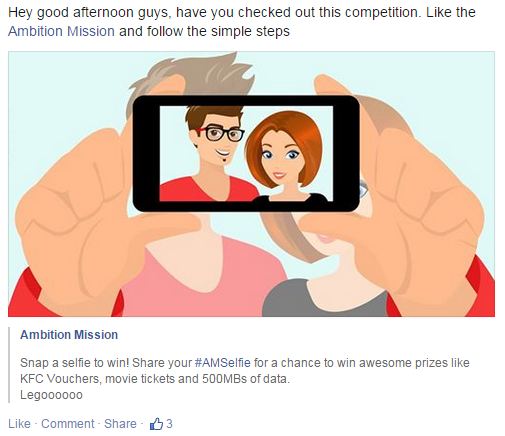Here are the two things that brands get wrong in digital world.
- People log onto social media to connect with family and friends not brands Brand people are somehow under the impression that people log onto social media to interact with their “brands” but they cound not be more wrong. People log onto Facebook to keep tabs on what their friends s are up to, NOT to interact with products or services (at least primarily). In this regard, Brands need to realize that they have to work twice as hard on content for their pages so as to become lovable by sharing content that their audiences would be interested in. Often brands make the mistake of carefully scripting all their updates, which over time lowers users interest in the page. Coupling this with the fact that users have more control over what they see in their news feeds, it is very likely that a user, despite having liked a page, will go ahead to block the page from his news feeds if he feels that the posts do not enhance his user experience. Also keep in mind that the Facebook algorithm is contentiously changing, making pages less visible in a bid to encourage companies to buy ads.
- Selfie campaigns are quickly becoming lame and viewed as a cheap shots In the past year, a good number of companies have used the selfie fad for a campaign or two but this doesn’t mean they all got it right. Many of the campaigns called on users to share selfies of themselves with friends performing a certain activity. The thing is, most companies requested respondents to take selfies while consuming products. You see, the main reason people take selfies is to capture a shared moment with their friends. Most companies mess up here because, they often ask people to take selfies while consuming their product or service. The thing about this is that unless a campaign has been well thought through, most consumption moments are not actually “selfie moments” and in turn it makes the people who participate in these challenges come across as complete idiots; taking a picture to capture a moment that clearly is not ‘share-able’. Companies need to realize that they have to go the extra mile to create a ‘moment’ that is share-able on social media. For example, the share a coke campaign was great however it fell short because more emphasis was put on the people’s names on cans verses asking people to undertake an experience. The campaign would have worked better if it incorporated a BFF promo where BFF’s could get their names on cans. This would have encouraged groups of friends to take pictures with their BFF’s while holding the coke can that has both their names inscribed. A product needs to be able to create a priceless moment by giving a consumer a new user experience, which in turn will encourage users to vo



